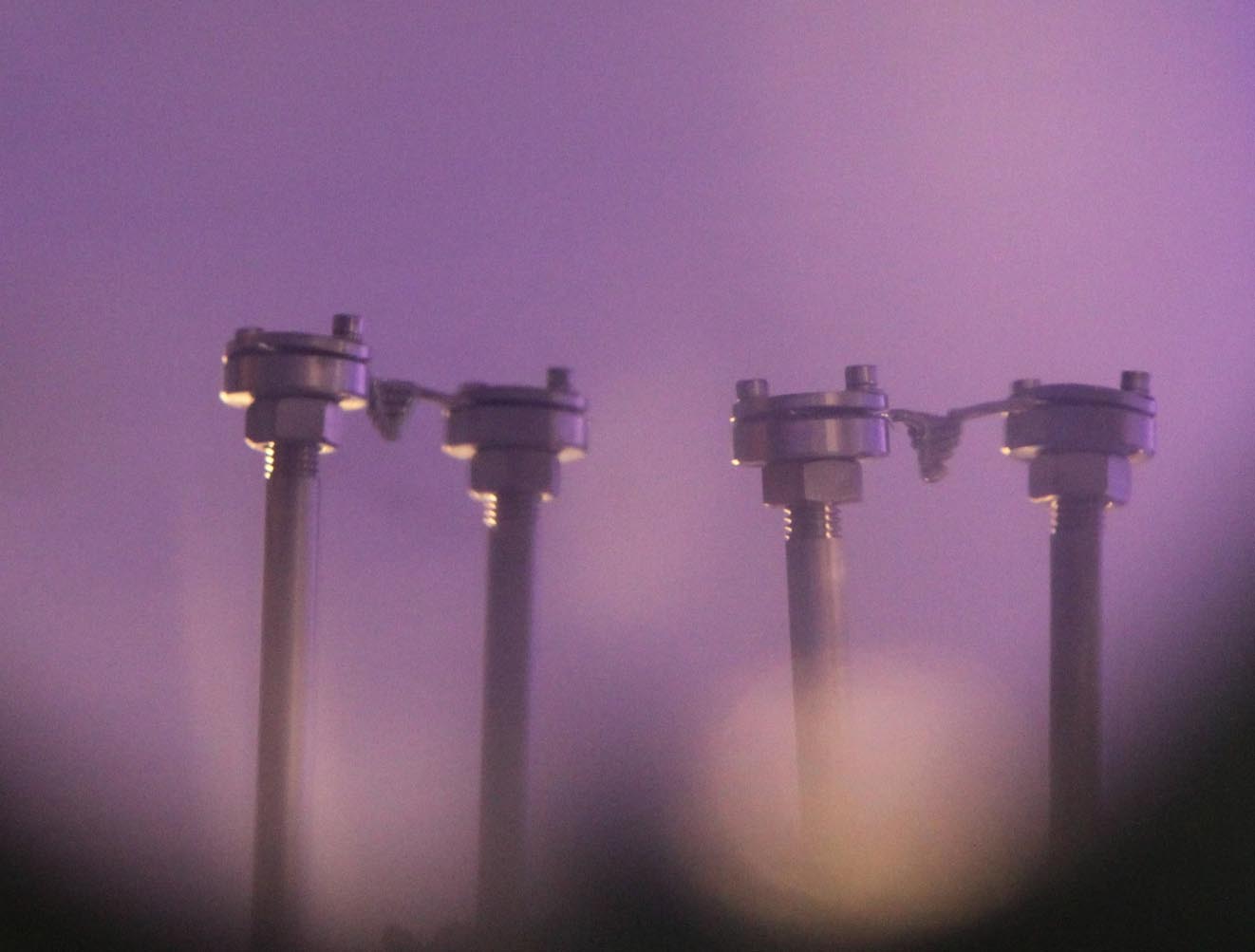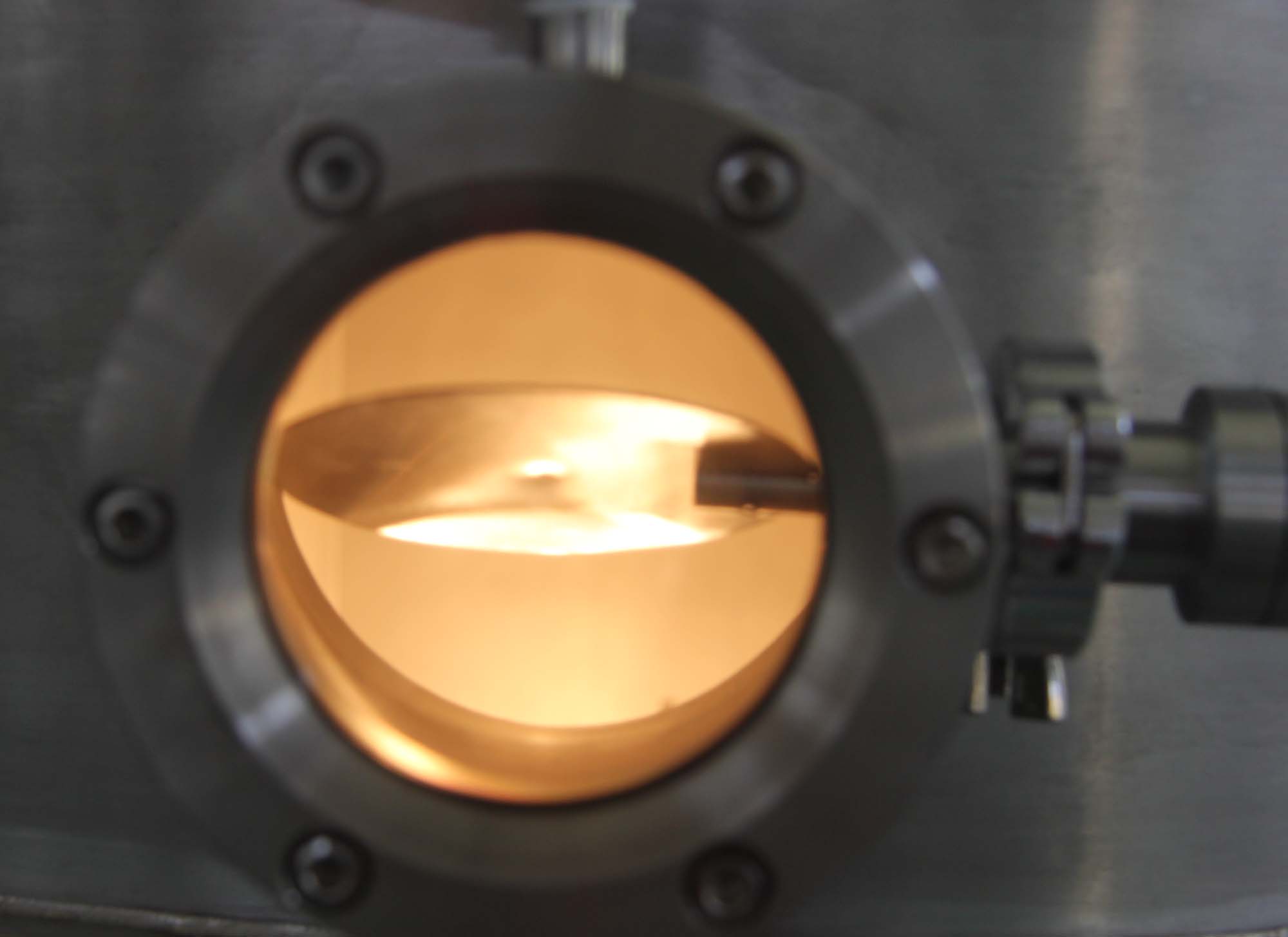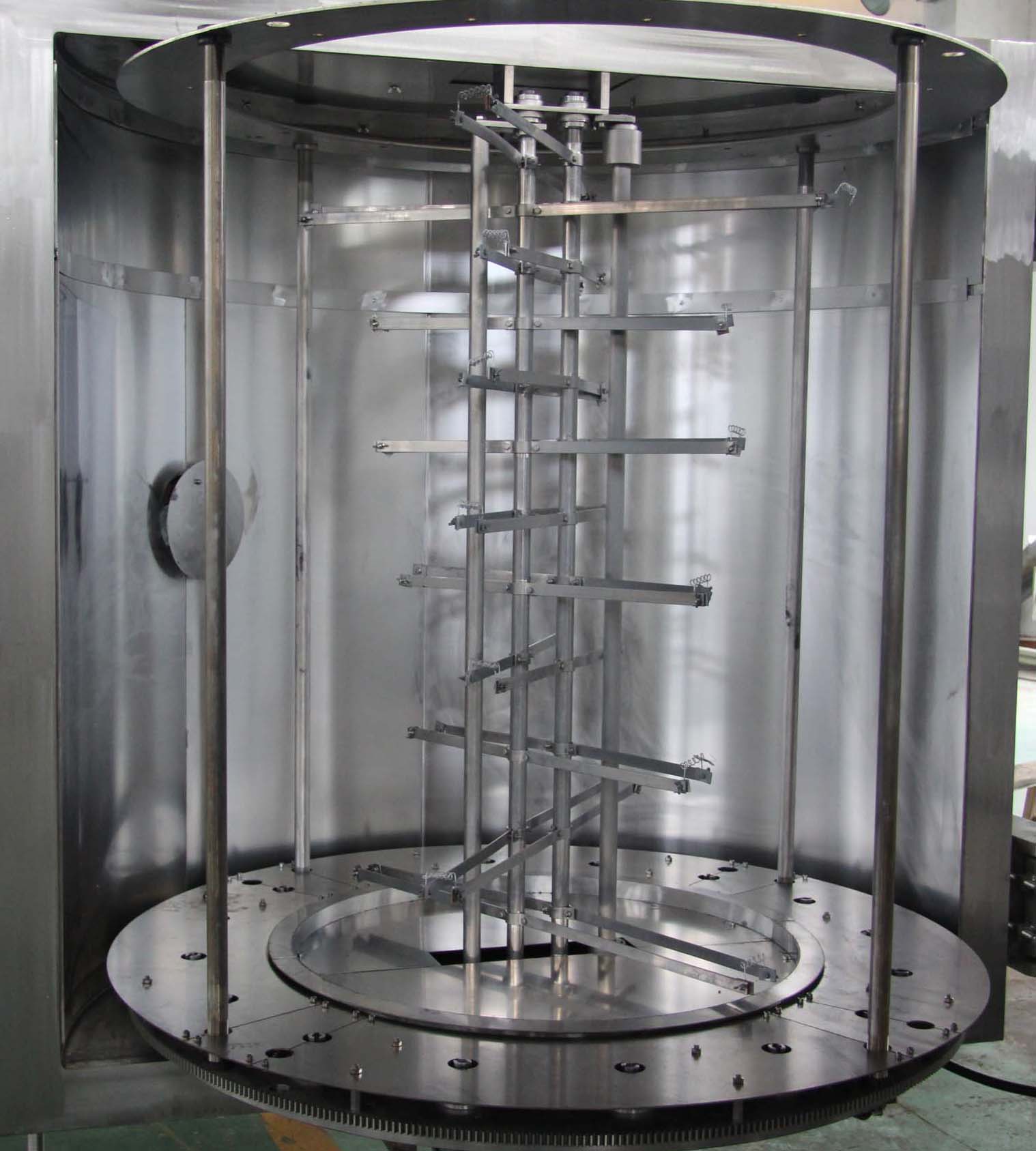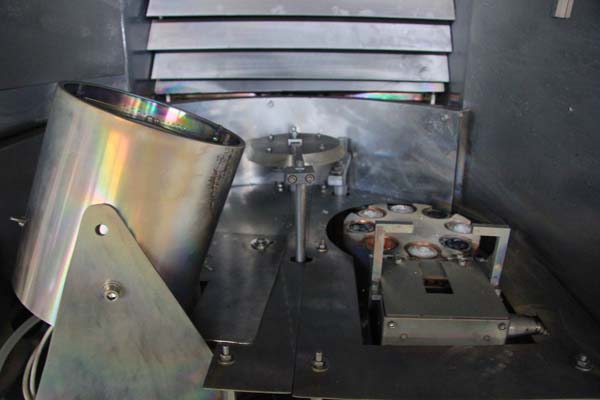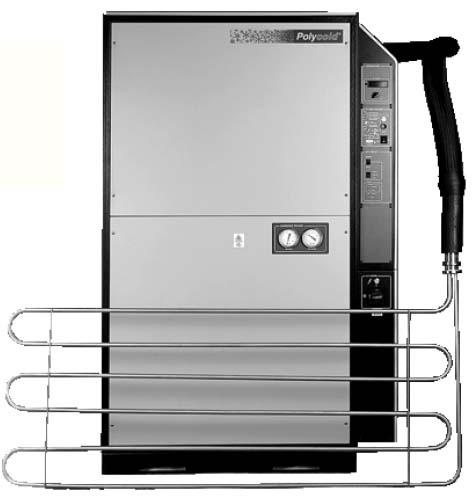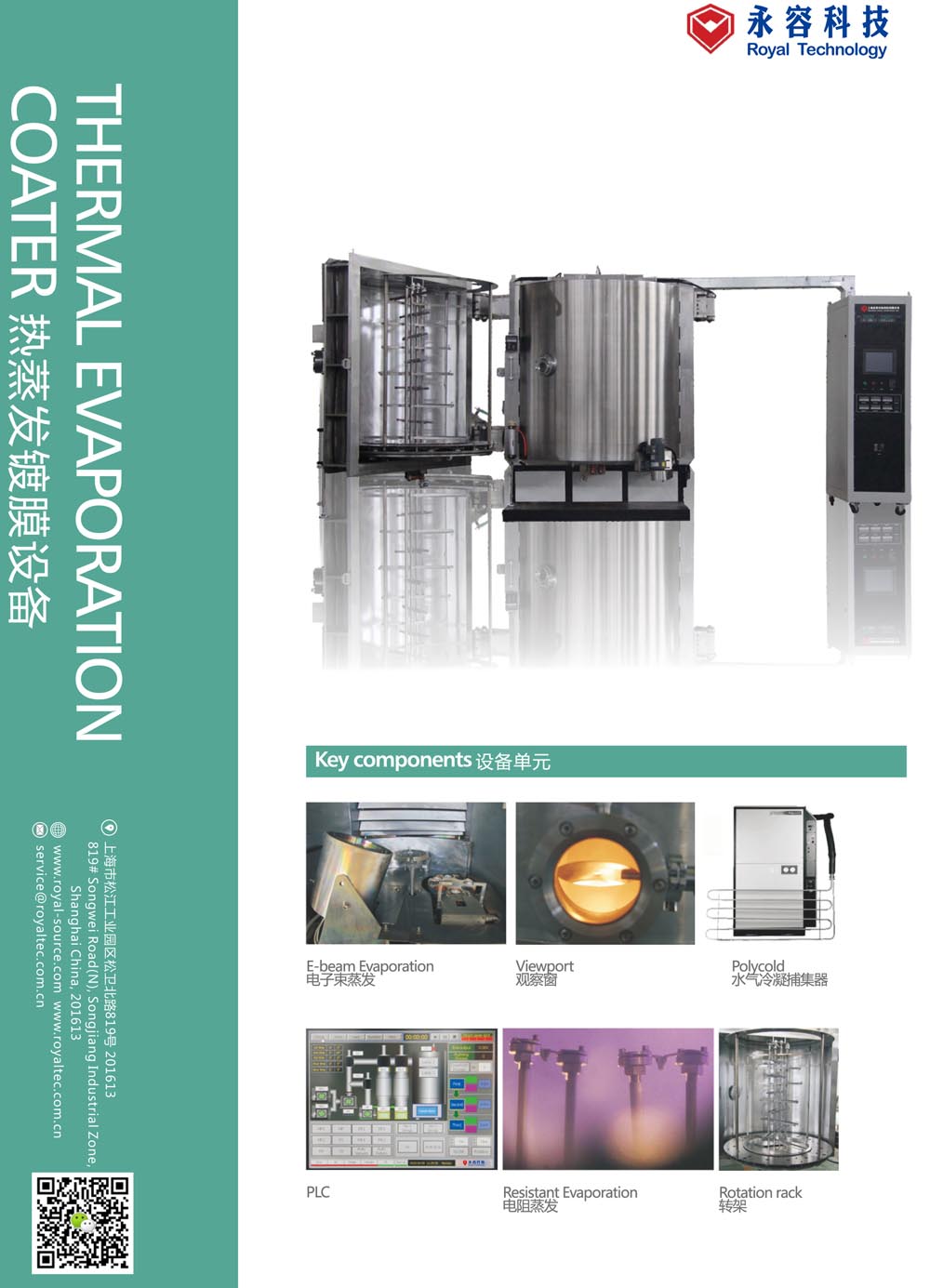The PVD Resistance Thermal Evaporation Machine is a type of Physical Vapor Deposition (PVD) equipment that utilizes resistive heating to evaporate a solid material (source) and deposit a thin film coating on a substrate surface in a vacuum environment. Here's an overview of this machine and its operation:
Principle:
In this machine, a resistive heating element is used to heat a solid material (often in the form of a wire or boat) until it reaches its evaporation temperature.
The evaporated material then condenses on the substrate, forming a thin film coating.
Plastic aluminum vacuum metallizing is a process where a thin layer of aluminum is deposited onto a plastic surface using a vacuum chamber. This process is commonly used to provide plastic products with a metallic appearance or to improve their barrier properties.
Plastics that are typically well-suited for PVD vacuum metallization include:
ABS (Acrylonitrile Butadiene Styrene): ABS is a common thermoplastic known for its impact resistance and strength. It is frequently used in automotive parts, electronic enclosures, and consumer goods.
PC (Polycarbonate): Polycarbonate is a durable and transparent plastic that offers high impact resistance. It is often used in applications requiring clarity and toughness, such as eyewear, electronic components, and medical devices.
PS (Polystyrene): Polystyrene is a versatile plastic used in various applications, including packaging, consumer goods, and disposable items.
PMMA (Polymethyl Methacrylate or Acrylic): PMMA is a transparent plastic that is lightweight and shatter-resistant. It is commonly used in signage, lighting fixtures, and display cases.
PP (Polypropylene): Polypropylene is a versatile plastic known for its chemical resistance and low density. It is used in applications like packaging, automotive components, and textiles.
PVC: PVC shoes etc.
These plastics are well-suited for PVD vacuum metallization due to their surface properties, ability to withstand the vacuum and temperature conditions of the process, and their capacity to provide a smooth and uniform surface for the metal deposition. This results in a high-quality metallic finish on the plastic substrate.
Using resistive evaporation, this process produces a coating that simulates the appearance of electroplated silver, gold, bronze and other brilliant or matte electroplated finishes.
Machine Components:
Vacuum Chamber: The machine consists of a vacuum chamber where the deposition process occurs under controlled pressure conditions to prevent contamination and ensure uniform coating.
Heating Element: A resistive heating element, such as a tungsten filament or boat, is used to heat the material source to its evaporation temperature.
Evaporation Source: The material to be deposited is placed in the heating element (boat or wire) and evaporated to form a vapor.
Substrate Holder: The substrate to be coated is positioned facing the material source.
Operation:
Evaporation: The resistive heating element is energized to heat the material source, causing it to evaporate and form a vapor cloud in the vacuum chamber.
Deposition: The vaporized material condenses on the substrate surface, forming a thin film coating with desired properties.
Control Parameters: Parameters like deposition rate, temperature, and deposition time are controlled to achieve the desired film thickness, composition, and characteristics.
Royal Technology has designed, built and installed over 100 sets of thermal evaporation coating systems worldwide, encompassing a variety of applications and industries, such as:
Automotive plastic exterior/interior trims
Vehicle lighting and components
Commercial, industrial and residential LED lighting reflectors
Cosmetic packages
Glassware and mirrors
Electronic consumer products
EMI shielding and NCVM films
Toy parts and sporting goods
Home appliances of washing machines and various accessories of furniture
Fashion, clocks and watches
Only to name a few, in many other areas PVD vacuum metallizing processes are continue to be used and developed in the coating industry.
The PVD metallizing process gives the objects a high shiny, reflective, metallic look which can be in different colors.
Other standard applications:
Optics: Coating lenses, mirrors, and other optical components with anti-reflective or protective layers.
Semiconductors: Depositing thin films on semiconductor devices for electronic applications.
Packaging: Coating packaging materials for barrier properties or aesthetic purposes.
Decorative Coatings: Creating decorative finishes on products in industries like automotive and consumer goods.
Conclusion:
PVD resistance thermal evaporation machines are valuable tools for depositing thin film coatings with precise control over film thickness and properties. By leveraging resistive heating to evaporate materials in a vacuum environment, these machines play a crucial role in various industries where thin films are used for functional, decorative, or protective purposes.


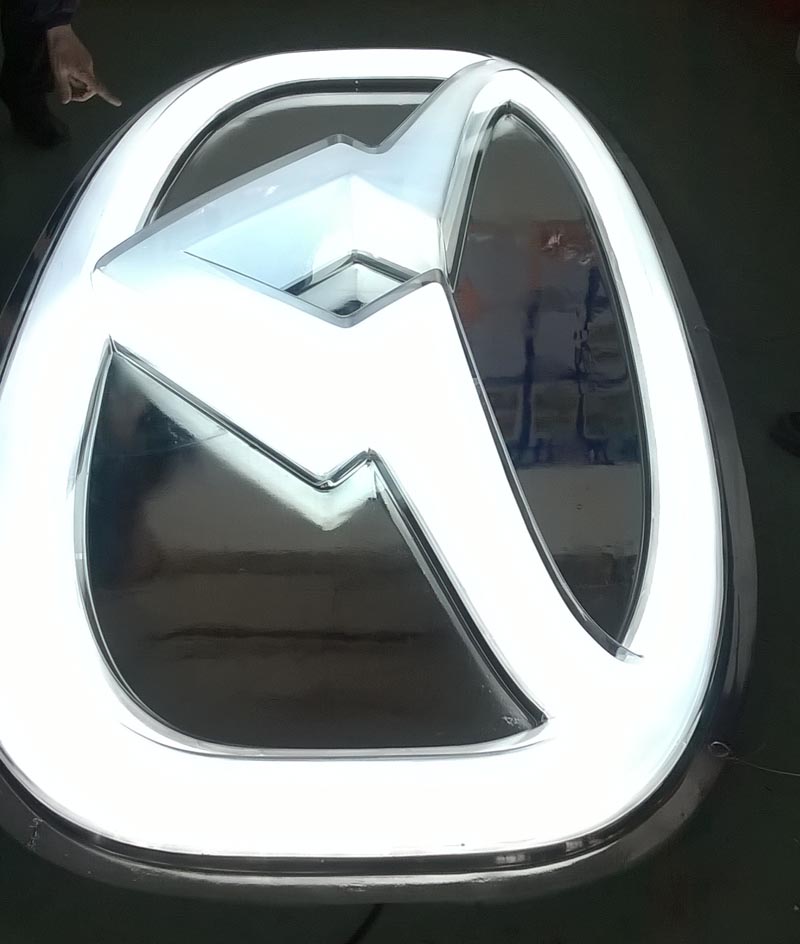
Advantages:
Versatility: PVD resistance thermal evaporation can be used to deposit a wide range of materials, including metals, oxides, and organics.
Uniformity: The process can provide uniform coatings over large areas, making it suitable for various applications.
Ease of Operation: Compared to some other PVD techniques, resistance thermal evaporation is relatively simple to operate and maintain.
PVD Vacuum Metallization Process:
The work pieces are uploaded to the satellites which then are fixed onto the rack system;
Closing the chamber door (No.1) and start the Automatic Process with HMI program
The operator unloading/loading work pieces for the other door (No.2)
After the Auto Metallization process is completed, venting process and open the door No.1; close door No.2 and repeat the cycles.
The whole process is quick and highly improves the quality and beauty of materials.
High productivity, saving operating time, production cost is reduced down sharply.
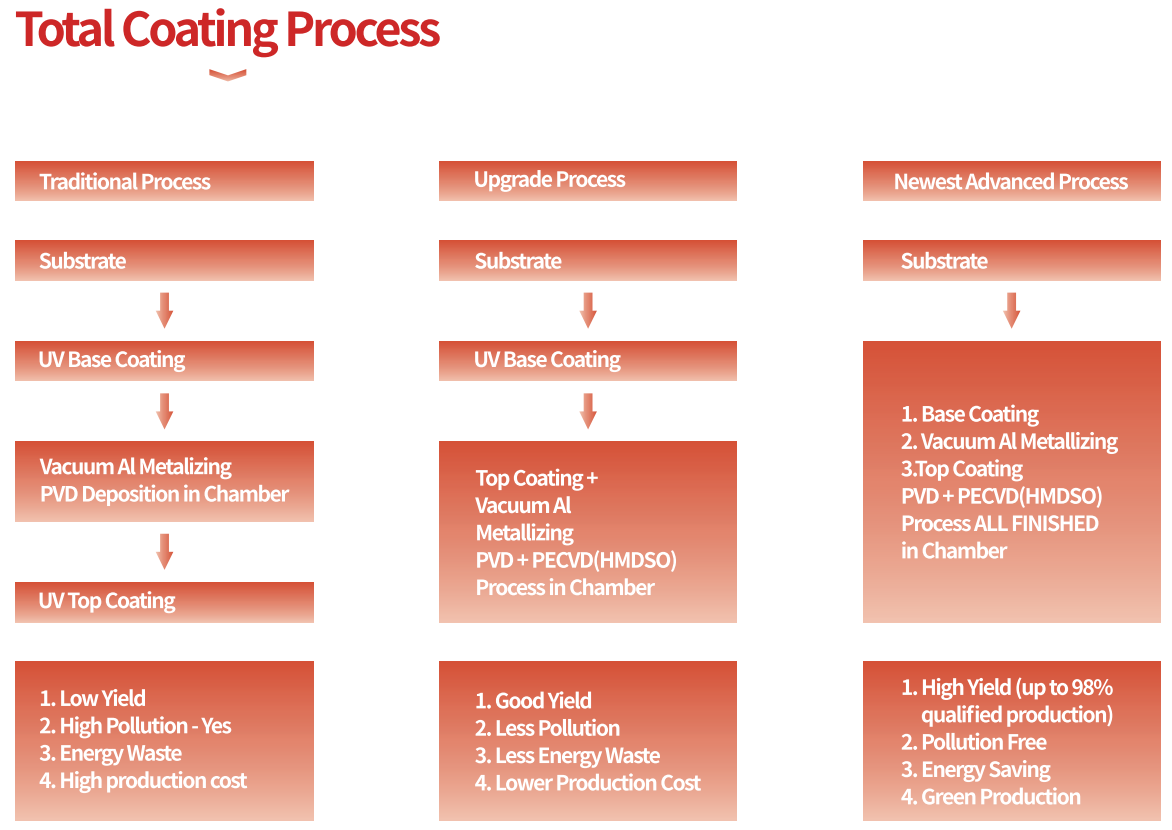
Royal Technology provides small, medium and big size models for your option, you can always find the proper one with our technician's assistance.
· The chambers are manufactured for cylindrical and cubic shapes.
· Available in both vertical and horizontal orientation
· The planetary rotary system structure ensures perfectly uniform coatings.
· Stainless steel material for fabrication and the best components in the world market for high quality and reliability of machines produced by Royal Technology.
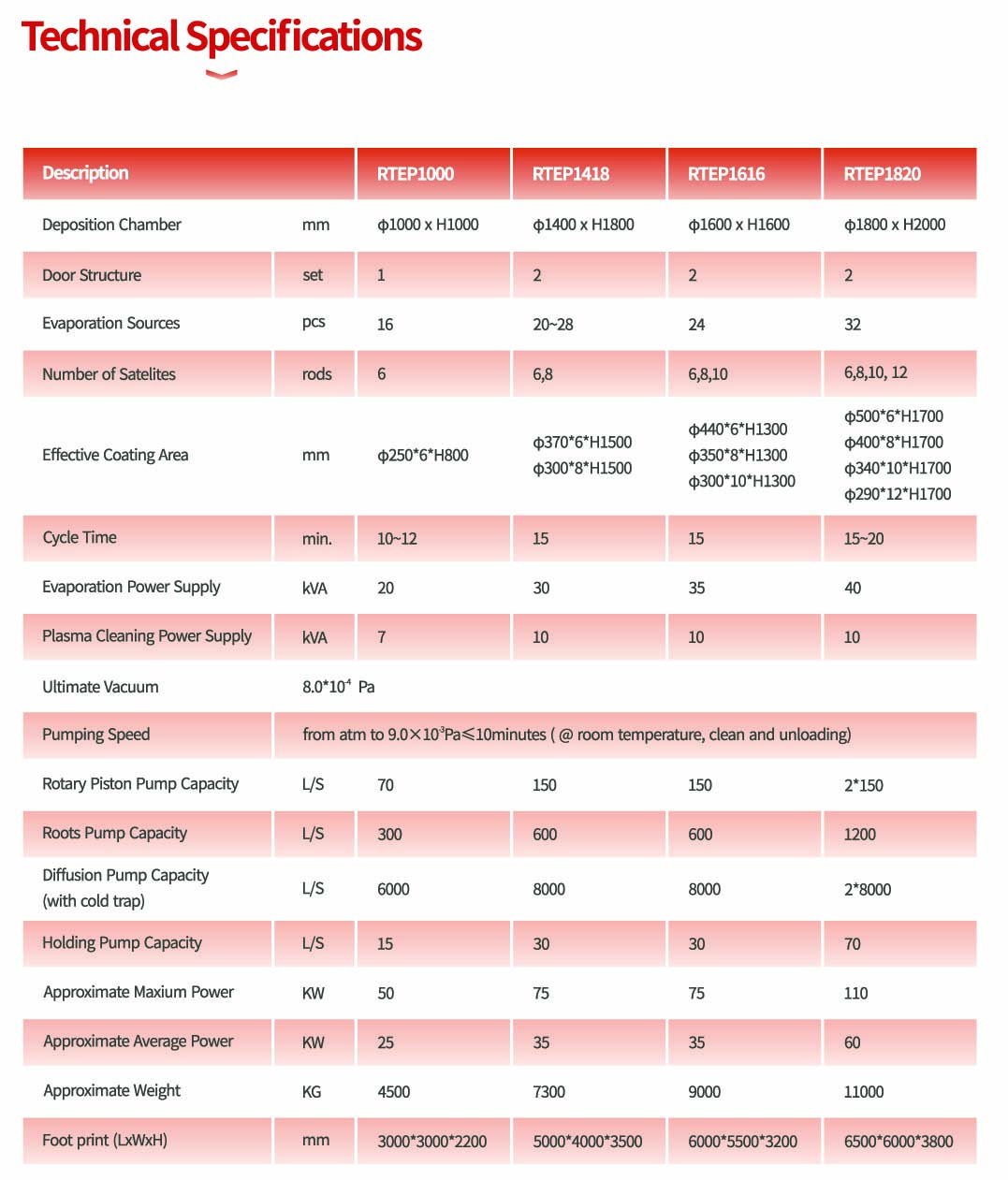
Key Configurations
